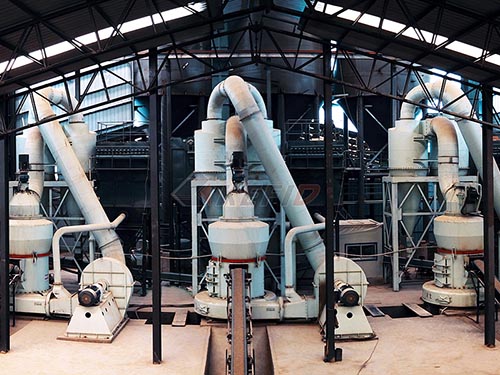The Indispensable Workhorse: Ferromanganese Silicate Slag Crushers in Modern Metallurgy
The relentless drive for efficiency, sustainability, and resource recovery within the ferromanganese (FeMn) and silicomanganese (SiMn) smelting industries has brought a previously understated piece of equipment into sharp focus: the Ferromanganese Silicate Slag Crusher. Far more than a simple size reducer, this specialized machinery stands as a critical linchpin in transforming a challenging byproduct – molten slag rapidly cooled into a hard, abrasive mass – into a valuable resource stream or safely disposable material. Its design, operation, and performance directly impact downstream processing economics, environmental compliance, and overall plant profitability.
Understanding the Raw Material: Ferromanganese Silicate Slag
Before delving into the crusher itself, appreciating the unique nature of its feedstock is paramount. Ferromanganese silicate slag is generated during the carbothermic reduction of manganese ores (like pyrolusite or rhodochrosite) blended with quartzite (silica source) and carbonaceous reductants (coke or coal) in submerged arc furnaces (SAFs). This high-temperature process (~1300-1500°C) separates the desired manganese-rich alloy from the unwanted oxide impurities.

Composition: Primarily composed of silicon dioxide (SiO₂ – often >35%), manganese oxide (MnO – typically <15%, but variable), calcium oxide (CaO), magnesium oxide (MgO), alumina (Al₂O₃), and residual iron oxides. Small amounts of sulfur and phosphorus may also be present.
Formation & Structure: Upon tapping from the furnace, molten slag is rapidly quenched, usually using high-pressure water jets in granulation pits or via air-cooling on casting beds. This rapid cooling prevents crystallization, resulting in an amorphous, glassy structure characterized by extreme hardness and brittleness.
Properties Dictating Crushing Needs:
High Abrasiveness: The glassy matrix containing hard mineral phases like spinels makes slag exceptionally abrasive to processing equipment surfaces.
High Hardness: Typically ranks between 6-8 on the Mohs scale, comparable to quartz or topaz.

Variable Feed Size & Lumps: Air-cooled slag forms large blocks (“pigs”) or irregular lumps ranging from several centimeters to over a meter across. Granulated slag particles are smaller but can still contain agglomerates.

Leave a Reply